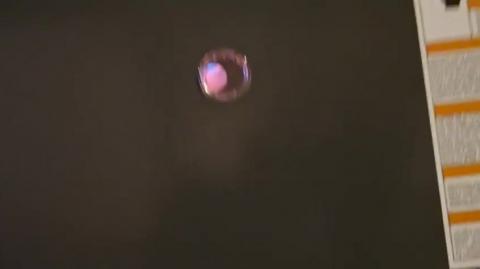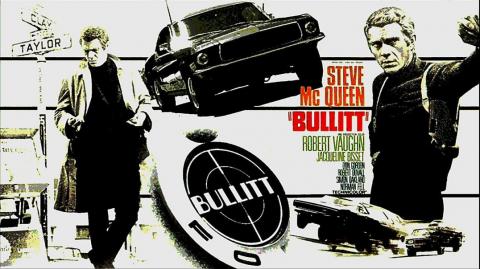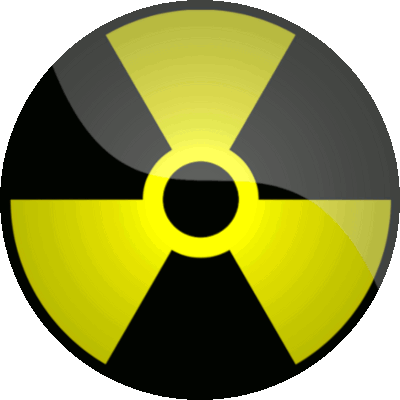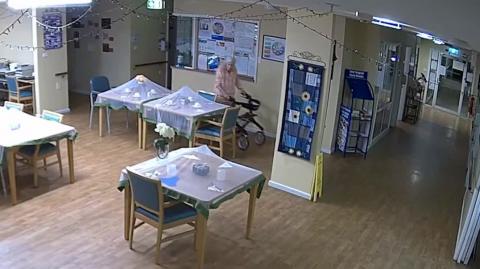The Fatal Flaw of the Liberty Ships - See Pinned Comment - The Technical Side of Things.
2
0
28 Views
Published on 03 Nov 2024 / In
Film & Animation
Show more
0



 Life_N_Times_of_Shane_T_Hanson
Life_N_Times_of_Shane_T_Hanson
 Coach_Corey_Wayne
Coach_Corey_Wayne

 Billy Von Bomb
Billy Von Bomb
 NerokeFive
NerokeFive


 Grims Dungeon Of Degeneracy
Grims Dungeon Of Degeneracy
 Better Bachelor
Better Bachelor

 Psychesoap
Psychesoap



 Styxhexenhammer666
Styxhexenhammer666


 TheQuartering
TheQuartering

 Gonzo Og
Gonzo Og
Log in to comment
https://en.wikipedia.org/wiki/Liberty_ship
Liberty ships were a class of cargo ship built in the United States during World War II under the Emergency Shipbuilding Program. Although British in concept,[3] the design was adopted by the United States for its simple, low-cost construction. Mass-produced on an unprecedented scale, the Liberty ship came to symbolize U.S. wartime industrial output.[4]
The class was developed to meet British orders for transports to replace ships that had been lost. Eighteen American shipyards built 2,710 Liberty ships between 1941 and 1945 (an average of three ships every two days),[5] easily the largest number of ships ever produced to a single design.
Their production mirrored (albeit on a much larger scale) the manufacture of "Hog Islander" and similar standardized ship types during World War I. The immensity of the effort, the number of ships built, the role of female workers in their construction, and the survival of some far longer than their original five-year design life combine to make them the subject of much continued interest.
~~~~~~~~~~~~~~~~~~~~~~~~~~~~~~~~~~~~~~~~~~~~~~~~
Early Liberty ships suffered hull and deck cracks, and a few were lost due to such structural defects. During World War II there were nearly 1,500 instances of significant brittle fractures. Twelve ships, including three of the 2,710 Liberty ships built, broke in half without warning, including SS John P. Gaines,[24][25] which sank on 24 November 1943 with the loss of 10 lives. Suspicion fell on the shipyards, which had often used inexperienced workers and new welding techniques to produce large numbers of ships in great haste. These incidents are what led to the creation of the field of materials science.
The Ministry of War Transport borrowed the British-built Empire Duke for testing purposes.[26] Constance Tipper of Cambridge University demonstrated that the fractures did not start in the welds, but were due to the embrittlement of the steel used.[27] When used in riveted construction, however, the same steel did not have this problem. Tipper discovered that at a certain temperature, the steel the ships were made of changed from being ductile to brittle, allowing cracks to form and propagate. This temperature is known as the critical ductile-brittle transition temperature. Ships in the North Atlantic were exposed to temperatures that could fall below this critical point.[28] The predominantly welded hull construction, effectively a continuous sheet of steel, allowed small cracks to propagate unimpeded, unlike in a hull made of separate plates riveted together. One common type of crack nucleated at the square corner of a hatch which coincided with a welded seam, both the corner and the weld acting as stress concentrators. Furthermore, the ships were frequently grossly overloaded, greatly increasing stress, and some of the structural problems occurred during or after severe storms that would have further increased stress. Minor revisions to the hatches and various reinforcements were applied to the Liberty ships to arrest the cracking problem. These are some of the first structural tests that gave birth to the study of materials. The successor Victory ships used the same steel, also welded rather than riveted, but spacing between frames was widened from 30 inches (760 mm) to 36 inches (910 mm), making the ships less stiff and more able to flex.[citation needed]
The sinking of the Liberty ships led to a new way of thinking about ship design and manufacturing. Ships today avoid the use of rectangular corners to avoid stress concentration. New types of steel were developed that have higher fracture toughness, especially at lower temperatures. In addition, more talented and educated welders can produce welds without, or at least with fewer, flaws. While the context and time in which Liberty ships were constructed resulted in many failures, the lessons learned led to new innovations that allow for more efficient and safer shipbuilding today.[29]
~~~~~~~~~~~~~~~~~~~~~~~~~~~~~~~~
https://en.wikipedia.org/wiki/Constance_Tipper
https://en.wikipedia.org/wiki/Fracture
https://en.wikipedia.org/wiki/Fracture_mechanics
https://upload.wikimedia.org/w....ikipedia/en/0/0d/Con
Constance Tipper (born Constance Fligg Elam; 16 February 1894 – 14 December 1995) was an English metallurgist and crystallographer.[1][2] She investigated brittle fracture and the ductile-brittle transition of metals used in the construction of warships, and was the first female full-time faculty member at Cambridge University Department of Engineering.
Tipper specialised in the investigation of metal strength and its effect on engineering problems. Her research with G. I. Taylor on distortion of aluminium crystals under tension received the 1923 Royal Society Bakerian Medal,[8] although Tipper was prevented from attending the celebratory dinner due to being a woman.[12] This research later inspired Taylor's explanation of plastic deformation by dislocations.[2]
During World War II she investigated the causes of brittle fracture in Liberty Ships.[3] These ships were built in the US between 1941 and 1945, and were the first all-welded pre-fabricated cargo ships.[13] Tipper established that the fractures were not caused by welding, but were due to the properties of the steel itself. She demonstrated that there is a critical temperature below which the fracture mode in steel changes from ductile to brittle. ( Bending to Snapping or putty to glass ) Because ships in the North Atlantic were subjected to low temperatures, they were susceptible to brittle failure. While these fatigue cracks would not propagate beyond the edges of riveted steel plates, they were able to spread across the welded joints in the Liberty ships.[6] She developed what is now known as the "Tipper Test" to help ensure that the metal used in ship construction was sufficiently sound.[12]
She was the first person to use a scanning electron microscope (SEM) to examine metallic fracture faces. She used a scanning electron microscope built by Charles Oatley and his team, the second SEM ever built. Dr Tipper was awarded the Thomas Lowe Gray Prize, jointly with Professor J F Baker, for their paper 'The Value of the Notch Tensile Test', read before the Institution of Mechanical Engineers in October 1955.[14]
The International Congress on Fracture awards the Constance Tipper Silver Medal[15] to mid-career scientists and engineers who have made significant contributions in any aspect of research in the field of fracture.
file:///home/fastr/Downloads/challenges-07-00020.pdf
Opinion
Technical Problem Identification for the Failures of
the Liberty Ships
Wei Zhang 1,2
1 Mine Management Division, Department of Mining & Mineral Resources, Chinalco China Copper
Corporation Limited, Beijing 100082, China; zhang_wei@chalco.com.cn
2 Department of Mining and Materials Engineering, McGill University, Montreal, QC H3A 0C5, Canada
Academic Editor: Palmiro Poltronieri
Received: 25 August 2016; Accepted: 1 November 2016; Published: 8 November 2016
Abstract: The U.S. Liberty Ship Building Program in World War II set a record—a total of 2700 Liberty
Ships were built in 6 years, in order to support the battle against Nazi-Germany. However,
numerous vessels suffered sudden fracture, some of them being split in half. This paper demonstrates
and investigation of the Liberty Ships failure and problems, which reveals that the failures are caused
by a combination of three factors. The welds produced by largely unskilled work force contain crack
type flaws. Beyond these cracks, another important reason for failure associated with welding is the
hydrogen embitterment; most of the fractures initiate at deck square hatch corners where there is
a stress concentration; and the ship steel has fairly poor Charpy-Impact tested fracture toughness.
It has been admitted that, although the numerous catastrophic failures were a painful experience,
the failures of the Liberty Ships caused significant progress in the study of fracture mechanics.
Considering their effect, the Liberty Ships are still a success.
Keywords: Liberty Ship; fracture mechanics; propagating crack; material toughness